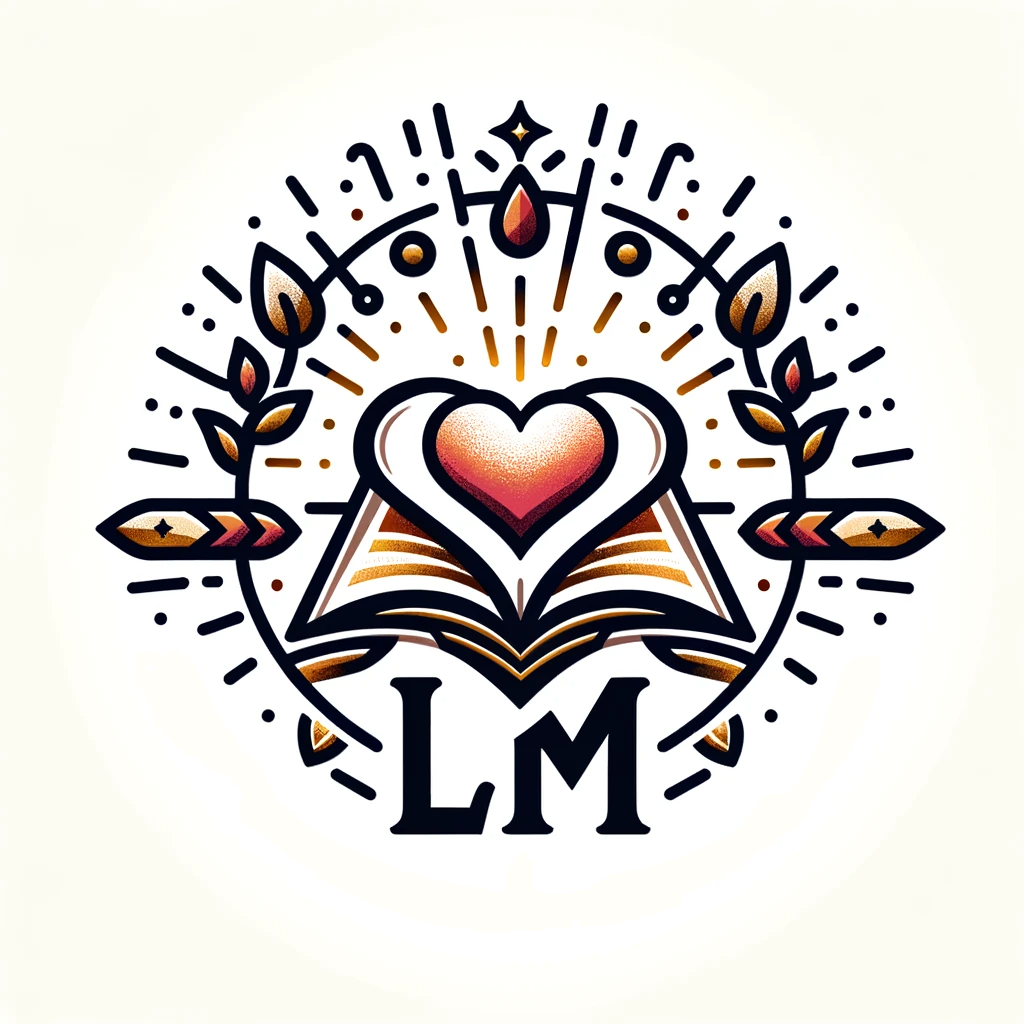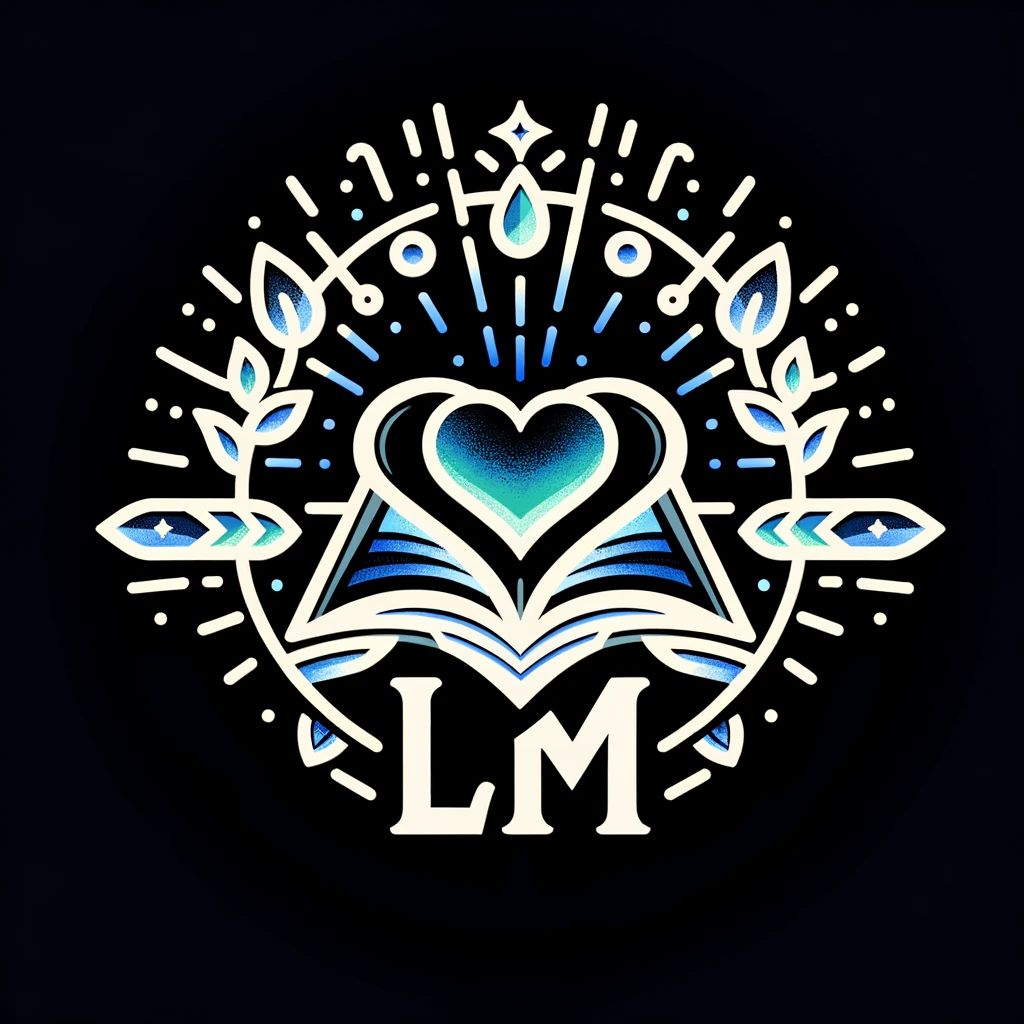
In our rapidly evolving world, where global events unfold with unprecedented speed, many are turning to ancient prophecies for guidance and understanding. Both the Bible and the Quran offer a wealth of prophetic insights, envisioned through dreams, visions, and symbolic representations.
These prophecies, interpreted by scholars and believers alike, often draw striking parallels to modern-day events. From celestial signs to seismic geopolitical shifts, this article explores how ancient predictions from both biblical and Islamic traditions resonate in today’s world, offering a unique lens through which we might interpret the significance of current happenings.
Understanding Prophecies: Biblical and Islamic Perspectives
The Bible and the Quran, while distinct in their teachings, share similarities in their use of prophecy. Both texts speak of end-time events, celestial signs, and the importance of dreams and visions as mediums through which the divine communicates with humanity.
Biblical prophecies, for instance, often reference signs in the heavens and on earth as markers of significant spiritual shifts. Similarly, Islamic teachings emphasize the crescent moon and eclipses as signs of God’s will and predictors of future events. This chapter explores these perspectives and how they complement each other in the broader context of prophetic interpretation.
Debunking Myths around the Second Coming and Rapture
There’s a prevalent misconception in both religious and secular circles regarding the immediacy of the Second Coming and the Rapture. Here, we address the implications of these beliefs and why a fixation on predicting exact dates may detract from leading a purpose-driven life.
Both biblical and Islamic eschatologies emphasize preparedness over prediction, urging followers to live in accordance with spiritual principles rather than in anticipation of end-time events.
Prophetic Symbols and Their Modern Interpretations
Religious texts are rich in symbolism, often serving as metaphors for deeper spiritual truths. This chapter examines some of the most prominent symbols, such as the crescent in Islam and the sign of Jonah in Christianity, and how these symbols find relevance in contemporary society.
We’ll delve into the interpretation of eclipses and other celestial events, as well as the heralding of conflict and catastrophe from a religious perspective.
Predictions of Conflict and Catastrophe: A Religious Perspective
Both the Bible and the Quran predict times of turmoil, with prophecies detailing wars, natural disasters, and spiritual battles. This chapter examines these predictions within the context of current global events, such as Islamic terror attacks and natural calamities.
We will explore how adherents of these faiths interpret such events as divine signs or tests of faith, and the implication these interpretations have for believers and the wider world.
The Significance of the Sign of Jonah
The story of Jonah is one of the most compelling narratives found in religious texts, symbolizing repentance and divine mercy. This discussion analyzes the significance of the sign of Jonah, its historical context, and its fulfillment according to different faith perspectives.
We’ll reflect on how this ancient story mirrors modern instances of second chances and the importance of heeding warnings.
The Role of Faith in Interpreting Modern Events
In a world brimming with uncertainty, faith offers a beacon of hope and a framework for understanding. This concluding chapter emphasizes the importance of faith in interpreting signs and prophecies related to modern events.
By anchoring ourselves in spiritual teachings, we can navigate the complexities of the contemporary world with wisdom and foresight, seeing beyond immediate circumstances to the deeper significances they may hold.





